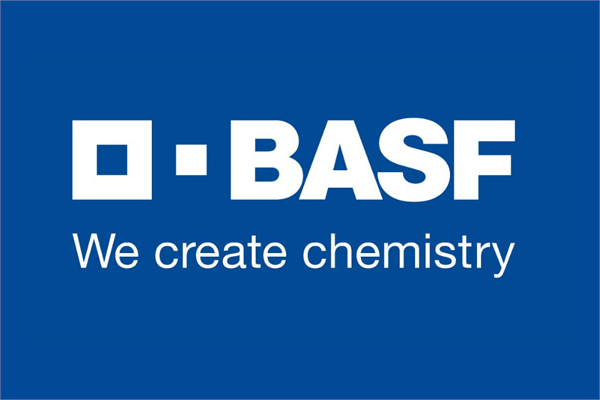
The individual PCF of BASF’s rebranded intermediates is significantly below the global market average.
BASF has recently announced that it will soon start to offer a new range of intermediates for paints and coatings with a low individual product carbon footprint (PCF).
BASF has calculated the individual PCF of a large part of its portfolio of chemical intermediates. The PCF comprises the total greenhouse gas emissions that occur until the product leaves the manufacturing site: from the extraction of resources through manufacturing of precursors to the making of the final chemical product itself.
The company has then compared the results with assessments of market-wide average carbon footprints. The outcome showed that the range of BASF chemical intermediates is significantly below the global average PCF
of the corresponding third-party chemicals, all produced from fossil-based raw materials. So, the company has announced that it will market these products as “LowPCF” intermediates:
- Tert-Butylamine (tBA) LowPCF
- Formic Acid (FA) LowPCF
- Propionic Acid (PA) LowPCF
- 1,6-Hexanediol (HDO®) LowPCF
- Neopentyl Glycol (NPG) LowPCF
“Company CO2 emission reduction targets are playing an increasingly important role in the value chains we serve. With our LowPCF intermediates, we are supporting our customers in achieving their targets: they now have the option to consciously choose a product with a carbon footprint significantly below the global market average. By making CO2 emission data at the individual product level available to our customers, we also offer a level of transparency that is unique in the chemical industry,” has declared Stephan Kothrade, the head of the Intermediates division at BASF.
The intermediates are used as ingredients for several everyday products, such as plastics, de-icing agents, paints and coatings.